Ever feel like your home is a chaotic mess of things you don’t need, use, or even remember owning? I’ve been there too! As a former process engineer, I spent years refining spaces and making processes more efficient, and you might be surprised to learn that the same strategies I used in the workplace can be applied to your home. Today, I’ll walk you through a proven step-by-step method to organize and declutter your home. The best part? It’s simple, effective, and totally doable—even if you’re overwhelmed. So, let’s tackle this together and create a home that feels calm, organized, and truly yours.
This post may contain affiliate links, which means I’ll receive a commission if you purchase through my links, at no extra cost to you. Please read full disclosure for more information.
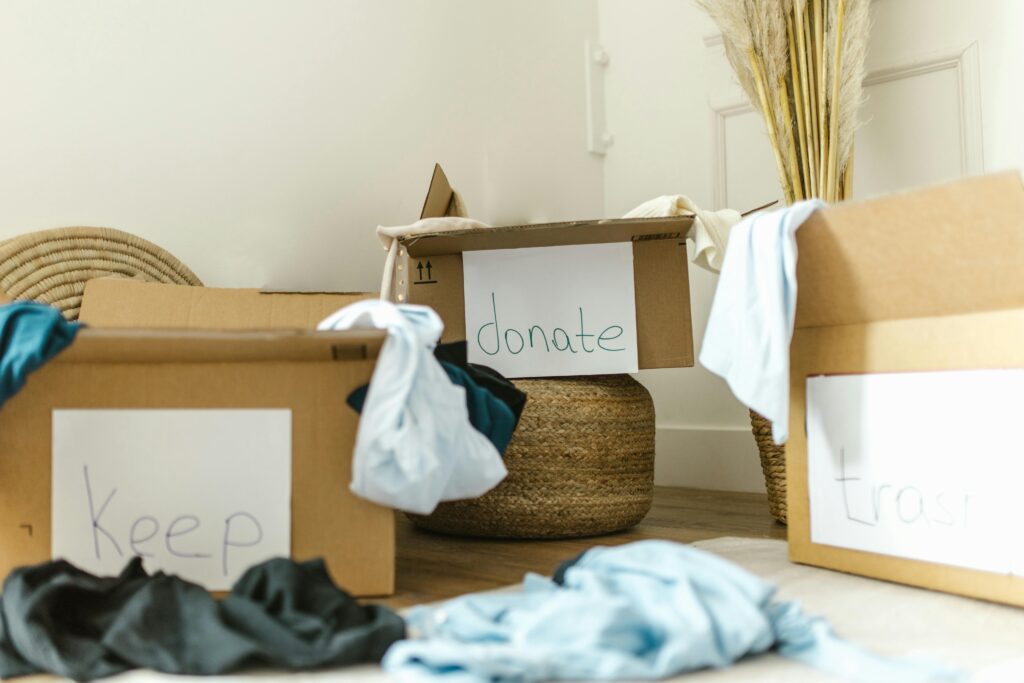
Benefits of Decluttering Your Home
Decluttering isn’t just about aesthetics; it’s about creating a peaceful, functional space. Here are some key benefits:
- Reduced Stress: A tidy space means fewer distractions and a clearer mind.
- Easier Maintenance: Cleaning becomes a breeze when there’s less clutter.
- Improved Family Harmony: Everyone knows where things are, reducing the “Where’s my…?” questions.
- Opportunities to Give Back: Donating items helps families in need.
- Extra Cash: Selling unused items can fund holiday gifts or savings goals.
Imagine walking into your home and instantly feeling at ease—it’s achievable, and I’m here to help you get there.
How to Declutter Your Home Without Getting Overwhelmed
Feeling overwhelmed by the idea of decluttering? Start small. Tackle one drawer, one shelf, or one corner. Completing even a tiny task can boost your motivation to keep going.
Pro Tips:
- Make it a group effort. Invite friends or family over, put on some music, and turn it into a decluttering party.
- Start with high-impact areas like the kitchen or entryway to see immediate results.
- Give yourself permission to let go of items without guilt—it’s about creating space, not perfection.
Related Posts
The Best 4 Time Management Strategies for Busy Moms
Fun and Effective Ways to Reduce Stress and Anxiety Quickly
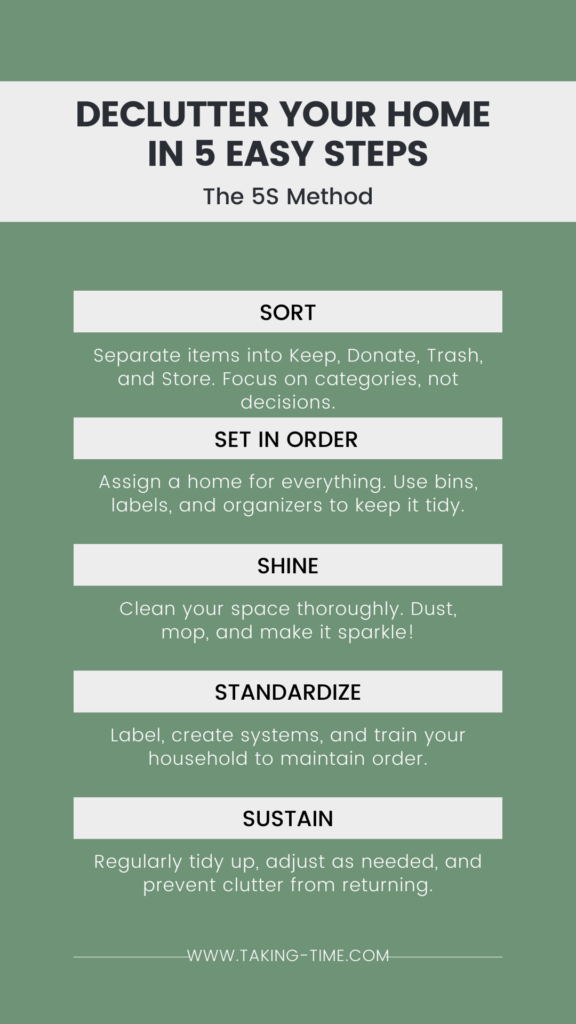
How to Declutter Your Home: The 5S Method
The 5S method, originally developed as a workplace organization tool, is a step-by-step system that’s incredibly effective for decluttering your home. By following these five steps—Sort, Set in Order, Shine, Standardize, and Sustain—you’ll create a space that is functional, organized, and easy to maintain. Let’s break down each “S” in detail:
S #1: Sort
The first step is all about separating what you need from what you don’t. Think of this as a “pre-cleaning” phase where you focus on categorizing items rather than deciding their final destination.
Here’s how to tackle the sorting process:
Take everything out of drawers and cabinets and off of shelves and separate into four categories:
- Trash: Items that are broken or unusable. Have a trash bag nearby to collect these.
- Red Tag Area (Donate/Sell): Items you no longer need but can donate, sell, or give to someone else. Use a box, laundry basket, or even just a designated pile for these.
- Store Elsewhere: Items you want to keep but don’t need in this space, like holiday-specific serving dishes.
- Keep in Space: Items that belong in the space and are used regularly.
Focus only on sorting—don’t get bogged down deciding where every single item will go. Sorting is just the first step—focus on categorizing now and worry about distribution later.
S #2: Set in Order
This is where you assign every item in the “Keep” pile a proper home. Having a designated spot for each item is key to maintaining long-term organization.
If you can’t find a home for an item, reconsider keeping it in the space (or at all).
Steps for setting things in order:
- Group similar items together (e.g., keep all cleaning supplies under the sink or all spices in one cabinet).
- Use organizers like bins, drawer dividers, or command hooks to create structure.
- Place frequently used items in easily accessible spots and less-used items in harder-to-reach areas.
Why it matters: When everything has a home, it’s easier to clean up, and everyone in your household can quickly find what they need without asking.
Remember that it doesn’t have to be beautiful to be functional. You can repurpose bins and containers from around the house.
S #3: Shine
Now that your space is sorted and organized, it’s time to make it sparkle. Cleaning the area thoroughly not only makes it look great but also gives you a fresh start. Take the time to go the extra mile here and get in all the nooks and crannies.
Tips for effective cleaning:
- Dust shelves, wipe down surfaces, and polish fixtures.
- Vacuum or mop floors, getting into every corner.
- Use tools like handheld steamers or microfiber cloths to tackle hard-to-reach spots or stubborn messes.
Why it’s important: A clean, shining space feels inviting and makes you proud of your hard work. It’s also much easier to maintain cleanliness when starting with a pristine area.
Handy Cleaning Tools:
- Microfiber cleaning cloths
- PurSteam 10-in-1 Steam Mop, Floor Steamer with Detachable Handheld Steam Cleaner
- Mrs. Meyers All-purpose cleaner/Glass cleaner
- BISSELL Little Green Multi-Purpose Portable Carpet and Upholstery Cleaner
S #4: Standardize
This step is about creating systems and routines to maintain your newly organized space. Think of it as putting safeguards in place so clutter doesn’t creep back in.
Here’s how to standardize:
- Label: Label bins, shelves, or containers so everyone knows where things belong.
- Create Visual Cues: Take photos of your organized space to reference in the future. You could even post it inside cabinet doors for an easy reminder.
- Train Your Household: Show your family members where things go and encourage them to follow the system.
- Implement Tools: Use tools like a family command center, a pantry inventory list, or a calendar to keep things running smoothly.
Why it’s useful: Standardizing ensures that your efforts aren’t wasted. A good system prevents clutter from taking over again, saving you time and frustration in the long run.
S #5: Sustain
Consistency is key. This step is the ongoing effort to keep the space tidy and organized, updating and adjusting as necessary.
Life happens and new things will come into our spaces both intentionally and unintentionally. The beauty is that it should be simple now that you have done the first 4 steps.
Ways to sustain your progress:
- Schedule regular “mini-decluttering” sessions to address new items that enter your home.
- Adopt a “one in, one out” policy—when you bring in something new, remove something old.
- Reevaluate your system periodically. Does something need to be adjusted or improved?
- Keep the momentum going by celebrating small wins.
Why it’s essential: Life changes—new items come in, routines shift, and needs evolve. Sustaining your decluttering efforts helps you adapt to these changes without losing control of your space.
Related Posts
How to Streamline Your Morning Routine: More Fun, Less Stress for Moms
How to Create a Realistic Stay-at-Home Mom Schedule
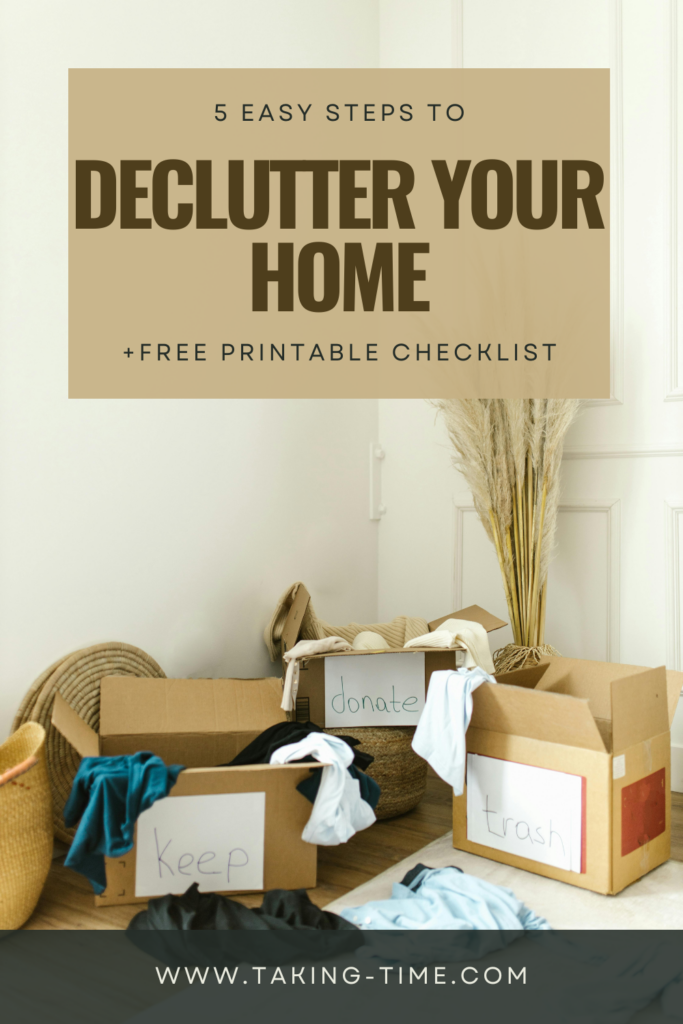
Room-by-Room Decluttering Checklist
Here’s a simple checklist to guide you through each area:
- Kitchen: Fridge, freezer, pantry, cookware, junk drawers, cleaning supplies.
- Bathroom: Expired products, unused toiletries, medicine cabinet, towels.
- Foyer/Entryway: Shoes, coats, bags, mail, keys.
- Living Room: Books, electronics, décor, throw pillows and blankets.
- Bedroom/Closet: Clothes, accessories, dresser drawers, nightstands.
- Laundry Room: Detergents, cleaning tools, mismatched socks.
- Storage Areas: Seasonal decor, tools, holiday items, luggage, unused items and clothes.
- Garage: Sports equipment, tools, outdoor supplies.
Tips to Declutter Your Home
Decluttering can feel overwhelming at first, but with the right mindset and strategies, it becomes manageable—and even rewarding. Here are some actionable tips to help you tackle your clutter confidently and effectively:
Start Small
One of the biggest mistakes people make is trying to declutter their entire home in one go. That’s a fast track to burnout. Instead, focus on a small, manageable area like a single drawer, a shelf, or a corner of a room.
Even the tiniest victories can build momentum and give you the confidence to keep going. It’s similar to the concept of making your bed first thing in the morning—completing one small task sets the tone for the rest of your day.
Let Go of Perfection—It’s About Progress
Waiting for the perfect time, space, or energy to declutter can hold you back indefinitely. Remember, the goal is not to create a Pinterest-perfect space but to make your home more functional and enjoyable. You can always tweak and adjust things later as you live with the changes. Progress, no matter how small, is better than perfection.
For Items You’re Unsure About, Store Them Temporarily
Sometimes it’s hard to decide whether to keep, donate, or toss an item—especially if it’s tied to a memory or if you’re worried you might need it someday.
To ease the decision-making process, place those “maybe” items in a labeled opaque box and store it out of sight. Set a deadline—30 days, 6 months, or even a year. If you haven’t touched or thought about those items by the end of that time, it’s a sign they’re not essential to your life.
Resist the urge to reopen the box and second-guess yourself; donate or discard it without looking inside.
Prioritize Functionality Over Sentimentality
It’s easy to attach meaning to physical objects, but holding on to too many sentimental items can create unnecessary clutter. Ask yourself, Does this item serve a purpose in my current life? If the answer is no, consider letting it go.
Remember, your memories are not tied to things—they live within you. If you have a few special sentimental items, display them proudly or store them safely in a dedicated space instead of letting them get lost in the clutter.
Give Yourself Permission to Let Go
Sometimes the thought of selling items or finding the perfect new home for them can delay the decluttering process. If the hassle of selling causes stress or keeps you from moving forward, it’s okay to donate or even discard those items. The peace and clarity you gain from a decluttered space are worth more than a few dollars from a garage sale or a marketplace listing.
Take It One Step at a Time
Decluttering isn’t a sprint—it’s a marathon. Focus on one task at a time, and celebrate each completed step. You don’t have to finish everything in one day. A drawer today, a closet next week—it all adds up to a calmer, more organized home.
By starting small, focusing on progress, and learning to let go, you’ll transform your home into a space that feels lighter, more peaceful, and perfectly suited to your life.
Related Posts
Best Apps to Simplify Your Life
How to Reset Your Life for a Fresh Start
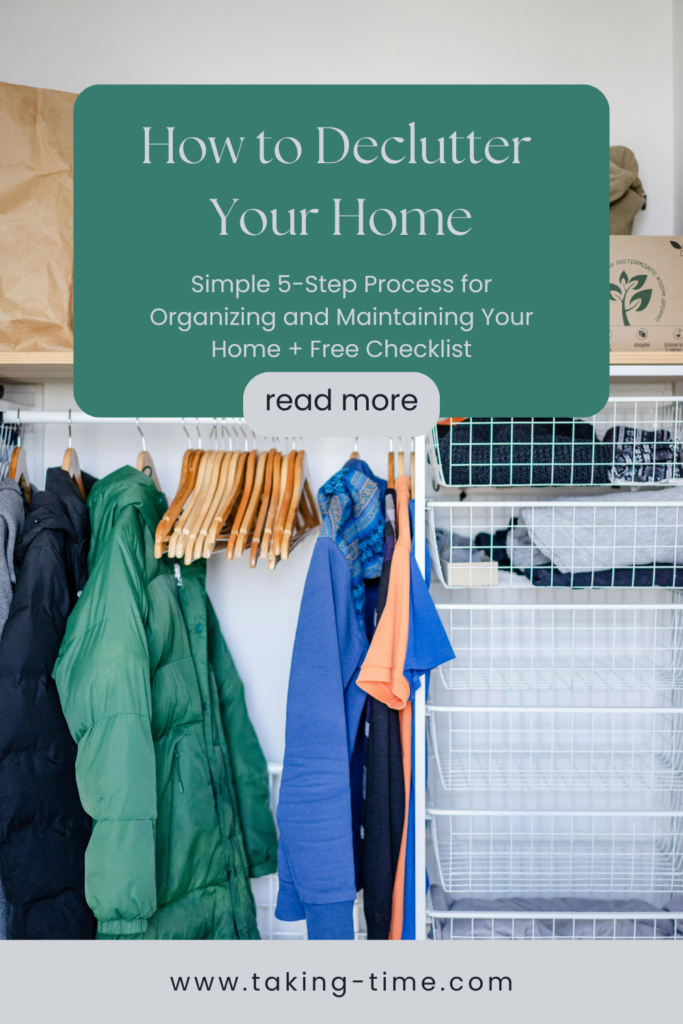
Decluttering Your Digital Life
The same 5S method that works wonders for your physical space can also be applied to your digital life. Let’s face it—digital clutter can be just as stressful and overwhelming as physical mess. From overflowing inboxes to disorganized files, a chaotic digital space can slow you down and sap your productivity. Here’s how to apply the 5S method to your digital world:
- Sort: Start by identifying unnecessary files, emails, apps, and photos. Create categories such as “Delete,” “Archive,” and “Keep.” For example, delete duplicate or outdated files, archive old emails you might need for reference, and keep only what’s essential.
- Set in Order: Organize your digital files and folders logically. Create a clear hierarchy for documents, label folders with meaningful names, and ensure everything has a designated “home” on your device. Use cloud storage services like Google Drive or Dropbox to keep important files accessible and secure.
- Shine: Clear out unused apps and empty your recycle bin or trash folder. Update your software, change your passwords, and back up your data to ensure your devices run smoothly and securely. A clean, optimized digital space feels just as satisfying as a freshly organized room.
- Standardize: Create systems for maintaining order. For instance, schedule a weekly digital clean-up session to delete unnecessary files, unsubscribe from spam emails, and organize new downloads. Use tools like password managers to streamline your login process or apps like Trello or Notion to manage tasks and projects.
- Sustain: Keep up with regular maintenance to prevent digital clutter from piling up again. Set limits, like cleaning out your inbox at the end of each day or organizing your desktop once a week. Small, consistent efforts will keep your digital life under control.
Decluttering your digital space doesn’t just save time—it reduces stress, boosts productivity, and ensures you can quickly find what you need when you need it. A decluttered digital life is just as empowering as an organized home!
Summary
Decluttering your home doesn’t have to be overwhelming. Using the 5S system—Sort, Set in Order, Shine, Standardize, Sustain—you’ll create an organized, functional space that reduces stress and makes life easier. Start small, stay consistent, and celebrate your progress.
Need more help? Download my free printable checklist, follow me on Pinterest, and subscribe to my newsletter for more tips and tricks! Let’s make your home the oasis you deserve.

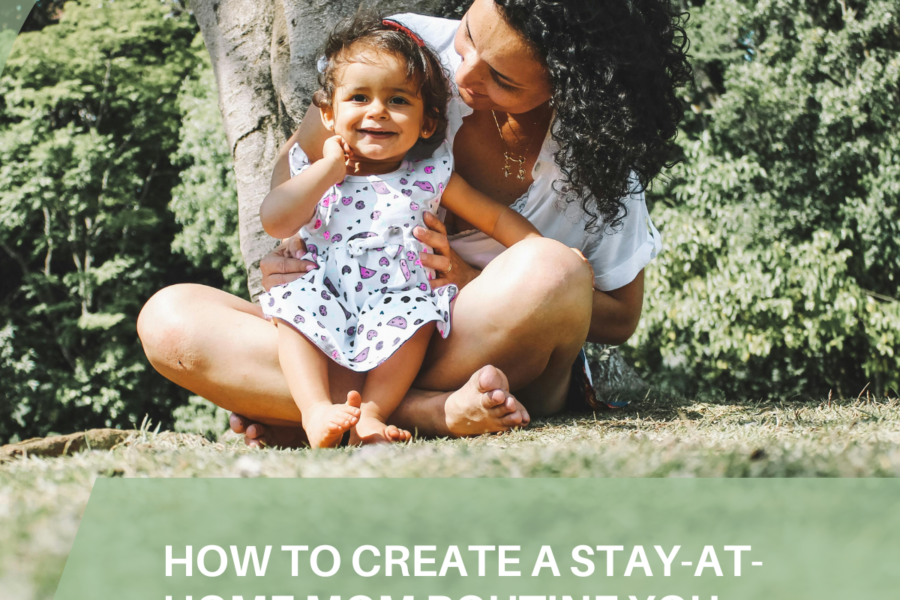
Leave a Reply